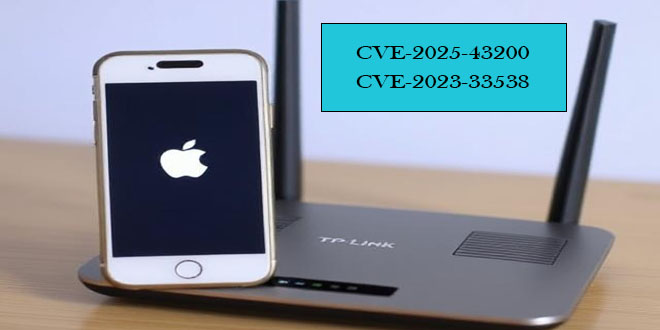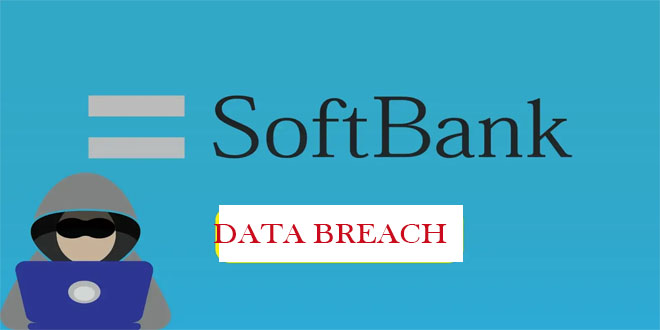CISCO fixed a vulnerability in the authentication system of Cisco Smart Software Manager On-Prem (SSM On-Prem). The vulnerability could allow an attacker without authentication to change the password of any user, even administrative users.
The problem is caused by not implementing the password-change process correctly. An attacker could take advantage of this by sending specific HTTP requests to a device. If successful, the attacker could access the web UI or API using the compromised user’s privileges.
By infosecbulletin
/ Wednesday , June 18 2025
Russian cybersecurity experts discovered the first local data theft attacks using a modified version of legitimate near field communication (NFC)...
Read More
By infosecbulletin
/ Tuesday , June 17 2025
Cybersecurity researcher Jeremiah Fowler discovered an unsecured database with 170,360 records belonging to a real estate company. It contained personal...
Read More
By infosecbulletin
/ Tuesday , June 17 2025
GreyNoise found attempts to exploit CVE-2023-28771, a vulnerability in Zyxel's IKE affecting UDP port 500. The attack centers around CVE-2023-28771,...
Read More
By infosecbulletin
/ Tuesday , June 17 2025
The U.S. Cybersecurity and Infrastructure Security Agency (CISA) has recently included two high-risk vulnerabilities in its Known Exploited Vulnerabilities (KEV)...
Read More
By infosecbulletin
/ Monday , June 16 2025
SafetyDetectives’ Cybersecurity Team discovered a public post on a clear web forum in which a threat actor claimed to have...
Read More
By infosecbulletin
/ Sunday , June 15 2025
WestJet, Canada's second-largest airline, is looking into a cyberattack that has affected some internal systems during its response to the...
Read More
By infosecbulletin
/ Saturday , June 14 2025
Resecurity found 7.4 million records of Paraguayan citizens' personal information leaked on the dark web today. Last week, cybercriminals attempted...
Read More
By infosecbulletin
/ Friday , June 13 2025
HashiCorp has revealed a critical vulnerability in its Nomad tool that may let attackers gain higher privileges by misusing the...
Read More
By infosecbulletin
/ Friday , June 13 2025
SoftBank has disclosed that personal information of more than 137,000 mobile subscribers—covering names, addresses, and phone numbers—might have been leaked...
Read More
By infosecbulletin
/ Friday , June 13 2025
Serious security vulnerabilities in Trend Micro Apex One could allow attackers to inject malicious code and elevate their privileges within...
Read More
The issue affects SSM On-Prem installations before Release 7.0, which is called Cisco Smart Software Manager Satellite (SSM Satellite).
“This vulnerability is due to improper implementation of the password-change process. An attacker could exploit this vulnerability by sending crafted HTTP requests to an affected device,” Cisco explained.
Cisco’s Product Security Incident Response Team (PSIRT) has not found any evidence of public proof of concept exploits or exploitation attempts targeting this vulnerability.
No workarounds are available for systems affected by this security flaw. All administrators must upgrade to a fixed release in order to secure vulnerable servers in the environment.
Cisco warned in April about a state-sponsored hacking group called UAT4356 and STORM-1849. This group was exploiting two zero-day bugs, namely CVE-2024-20353 and CVE-2024-20359.
Since November 2023, attackers have used two bugs to target government networks worldwide through a campaign called ArcaneDoor, attacking Adaptive Security Appliance (ASA) and Firepower Threat Defense (FTD) firewalls.
 InfoSecBulletin Cybersecurity for mankind
InfoSecBulletin Cybersecurity for mankind














